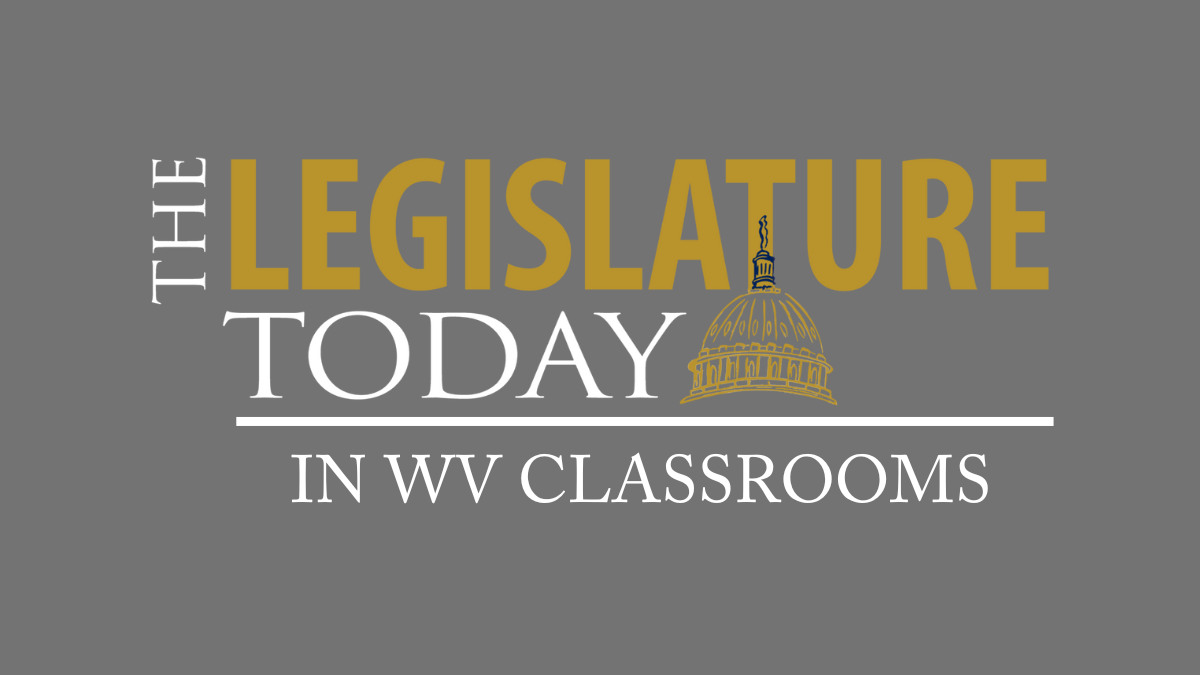Encore: Holiday Traditions, Inside Appalachia
This week, we go a-wassailing in Asheville, North Carolina. It’s kind of like Christmas caroling, with a kick. Also, family recipes bring generations together. But what happens when you’ve got grandma’s potato candy recipe, and it doesn’t have exact measurements? And, a new book explores the magical dark side of nature.
Continue Reading Take Me to More News





















